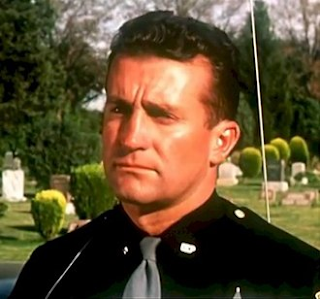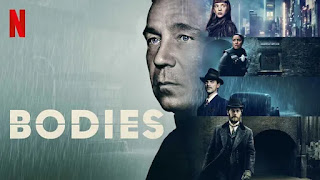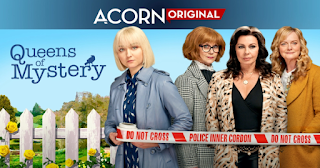(1979)
Directed by Douglas Hickox
Written by Cy Enfield & Anthony Story
Starring Burt Lancaster, Peter O'Toole, Simon Ward, Denholm Elliott, John Mills, Michael Jaystrom, Bob Hoskins, David Bradley Ron Lacey, Freddie Jones, Simon Sabela
IMDB Entry
I generally don't like prequels.They are most often a way to cash in on a successful film and add nothing to it. But Zulu Dawn is an exception.
Zulu, from 1964, was the dramatization of the Battle of Roark's Drift, where a small garrison of British soldiers held off attacks by an entire army of Zulu soldiers (called impi). Zulu Dawn dramatized the battler of Isandlwana earlier the same day. While Roark's Drift showed the heroism of the British soldiers, Isandlwana showed the incompetence of their leaders.
The movie is set in 1879. The army in the Cape Colony in South Africa is eager to conquer the Zulu nation, led by the king Cetshwayo (Simon Sabela). Sir Henry Bartle Frere (John Mills), a British diplomat, wanted to annex Zululand into the Cape Colony, despite the fact that the powers in London forbid it. With the connivance of the head of the armed forces in South Africa, Lord Chelmsford (Peter O'Toole), he gives Cetshwayo an arrogant ultimatum that was designed to be rejected. When it is, he does, he declares war and Chelmsford leads the army to disaster.
The British didn't take the Zulu army seriously, Frere calling them "a bunch of savages armed with sticks." The description failed to account for the fact that they were well trained in battle and capable of tactical planning the equal of any European force.
They stopped at Isandlwana, a large South African kopje.* Despite being urged to do so, Chelmsford refused to circle the wagons for protection. He later broke a cardinal rule of military strategy and split his forces to go look for the Zulu army.
It turned out, they were massed outside of Isandlwana and ready to attack. They charged. Though armed only with spears, the thousands of impis quickly overwhelmed the British troops.
Ammunition was poorly distributed Soldiers were issued only a limited number of rounds of ammunition. The rest were in locked boxes, that had been screwed shut and there were very few screwdrivers to open them -- and they had a rule that you could only open one box of ammunition at once, and only for your own unit.
The result was perhaps the worst defeat of a British army during the Victorian era.**
The performances are good, though none really have a chance to develop characters except for Peter O'Toole, who plays his General Chelmsford with perfect arrogance.
The movie is long on spectacle. There were thousands of extras, making an impressive sight when the finally appear. The downside is that it is slow moving, especially in the beginning, when they are setting everything up. Still, it's a good dramatization of a major event in UK history.
______________________________________________________________
*A steep hill that stands above the surrounding plain. They are common in the area.
**The movie left out one of the most interesting aspects of the battles: while it was raging, there was an eclipse of the sun. The Zulus were not fazed by it, though.





























